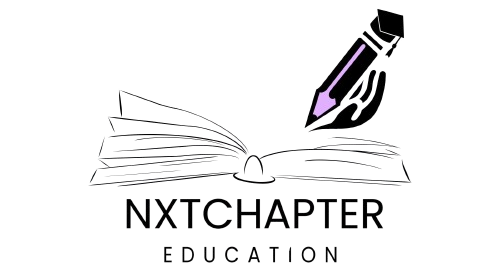Technology has been a driving force in transforming educational practices over the past few decades, and its impact continues to grow in 2024. From online learning platforms to virtual reality simulations, technology is reshaping how educators teach and students learn. Here’s how technology is revolutionizing educational practices today:
1. Online Learning Platforms
The rise of online learning platforms has made education more accessible and flexible than ever before. Platforms like Coursera, edX, and Khan Academy offer a wide range of courses that can be accessed anytime, anywhere, making it easier for students to learn at their own pace.
Impact: Online learning platforms have democratized education by breaking down geographical and financial barriers. Students from around the world can access high-quality courses from top universities, gaining valuable knowledge and skills without the need for physical attendance.
Example in Action: Many universities now offer Massive Open Online Courses (MOOCs) that allow students to enroll in courses taught by renowned professors from prestigious institutions, often for free or at a reduced cost.
2. Virtual and Augmented Reality
Virtual reality (VR) and augmented reality (AR) are transforming how students engage with educational content. These technologies provide immersive learning experiences that enhance understanding and retention by allowing students to interact with complex concepts in a realistic, hands-on manner.
Impact: VR and AR make learning more engaging and interactive, helping students visualize abstract concepts and explore new environments without leaving the classroom. This is particularly beneficial in fields like science, medicine, and engineering, where practical experience is essential.
Example in Action: Medical students can use VR simulations to practice surgical procedures in a risk-free environment, while AR applications enable engineering students to visualize and manipulate 3D models of complex machinery.
3. Artificial Intelligence and Machine Learning
Artificial intelligence (AI) and machine learning are playing an increasingly important role in education, from personalized learning systems to automated grading. These technologies enable educators to tailor instruction to individual students’ needs and provide real-time feedback on their progress.
Impact: AI and machine learning make education more personalized and efficient, allowing teachers to focus on higher-order teaching tasks while technology handles routine administrative duties. This leads to improved student outcomes and more effective use of classroom time.
Example in Action: Adaptive learning platforms use AI algorithms to analyze student performance data and adjust the difficulty of assignments, quizzes, and exams based on each student’s unique learning needs.
4. Gamification of Learning
Gamification is the application of game design elements to non-game contexts, and it’s gaining popularity in education as a way to increase student engagement and motivation. By incorporating elements like points, badges, and leaderboards, educators can make learning more enjoyable and rewarding.
Impact: Gamification taps into students’ natural desire for competition and achievement, encouraging them to take an active role in their education. This approach can lead to higher levels of engagement and better learning outcomes.
Example in Action: Language learning apps like Duolingo use gamification to motivate users by awarding points for correct answers, allowing them to compete with friends and progress through levels as they improve their skills.
5. Data Analytics and Learning Analytics
Data analytics and learning analytics are becoming essential tools for educators seeking to improve teaching practices and student outcomes. By analyzing data on student performance, engagement, and behavior, educators can make informed decisions about curriculum design and instructional strategies.
Impact: Learning analytics provide valuable insights into how students learn, enabling educators to identify areas where students struggle and intervene early. This data-driven approach leads to more effective teaching and improved student success.
Example in Action: Universities are using learning analytics platforms to track student progress and identify at-risk students who may need additional support, allowing for timely interventions that improve retention rates.
Conclusion
Technology is revolutionizing educational practices by making learning more accessible, personalized, and engaging. As educators and institutions continue to embrace these innovations, they can provide students with richer learning experiences and better prepare them for the challenges of the modern world. Whether you’re an educator looking to enhance your teaching methods or a student eager to explore new learning opportunities, staying informed about these technological advancements is key to success in today’s educational landscape.

